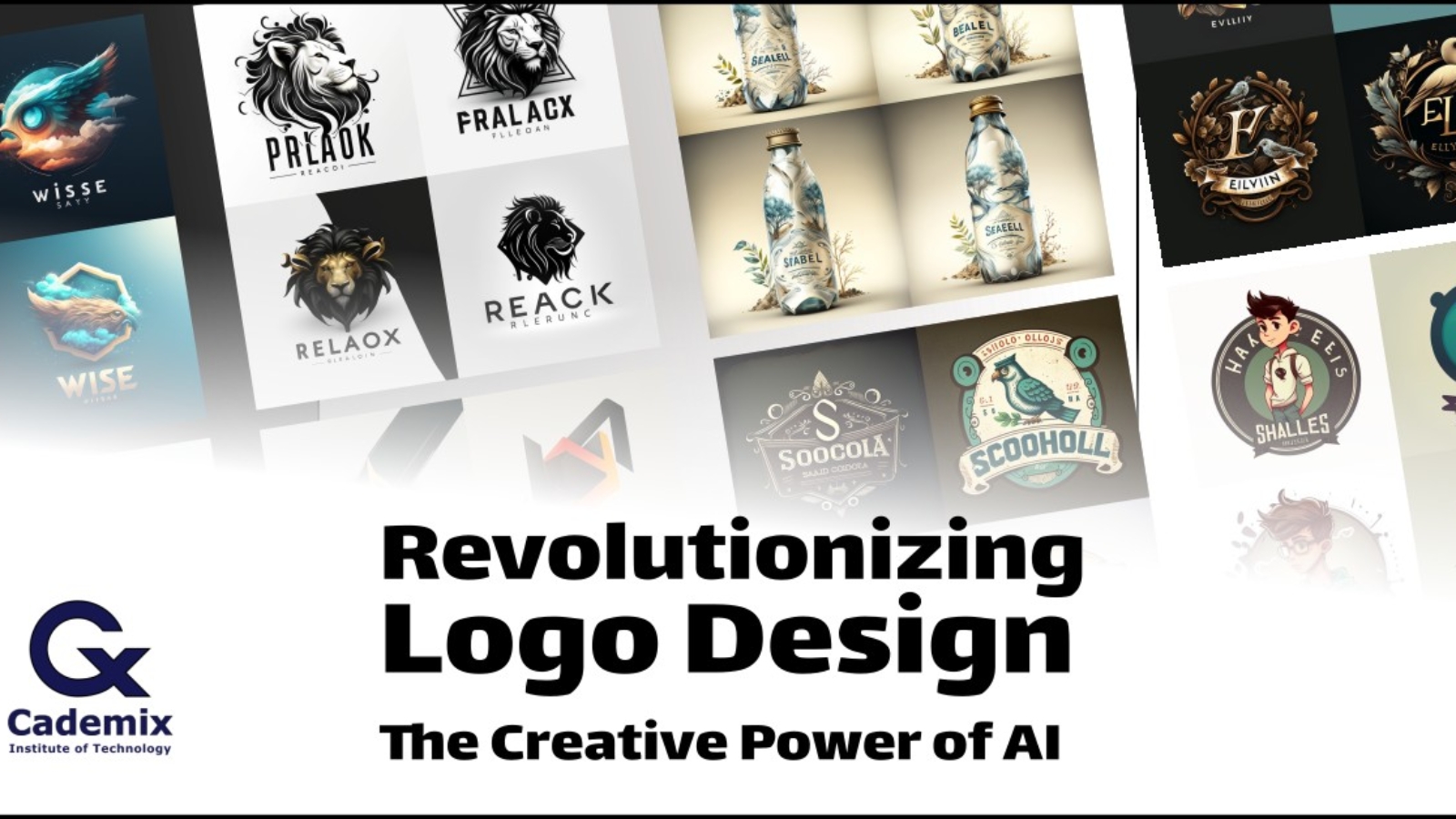Artificial intelligence (AI) is quickly transforming many industries, including design. AI Logo Design is almost everywhere. With advancements in AI technologies, machines can now assist designers in creating new designs, including logos, in a more efficient and cost-effective way. The creative design process can benefit from AI in a number of ways, including generating new ideas, automating repetitive tasks, and providing valuable insights.
One way AI can be used in design is by generating new ideas. Designers can input a set of parameters or criteria into an AI program, and the machine can create multiple design options based on those parameters. This can save designers time and energy by generating a large number of ideas that can be used as a starting point for the final design.
AI can automate repetitive design tasks, such as resizing or recoloring a logo. This frees up designers to focus on more creative aspects of the design process. For instance, AI tools can be used to design a logo.
The Importance of Logo Design for Businesses
A logo is a visual representation of a company, and it serves as an emblem of its identity. A well-designed logo can create a strong impression on the customers’ minds and can help a business stand out in the competitive market. It is the first thing that potential customers notice about a company and can influence their decision to do business with them.
A logo is not just a symbol, but it conveys the values, mission, and vision of a company. It is a visual representation of the brand’s personality, and it should be unique, memorable, and timeless. A creative and unique logo design can convey the brand’s message, establish the company’s identity, and position it well in the market.
In today’s fast-paced digital world, a business needs to make a lasting impression on customers to survive and thrive. The logo design is the face of the company, and it should be able to grab the attention of potential customers and communicate the brand’s message effectively. A well-designed logo can increase brand recognition, enhance the company’s reputation, and attract more customers.
Therefore, it is crucial for businesses to invest in a creative and unique logo design that represents their brand’s identity and values. It should be a visual representation of the company’s personality and evoke positive emotions from customers. A good logo design can create a long-lasting relationship between a business and its customers and help it achieve its marketing goals.
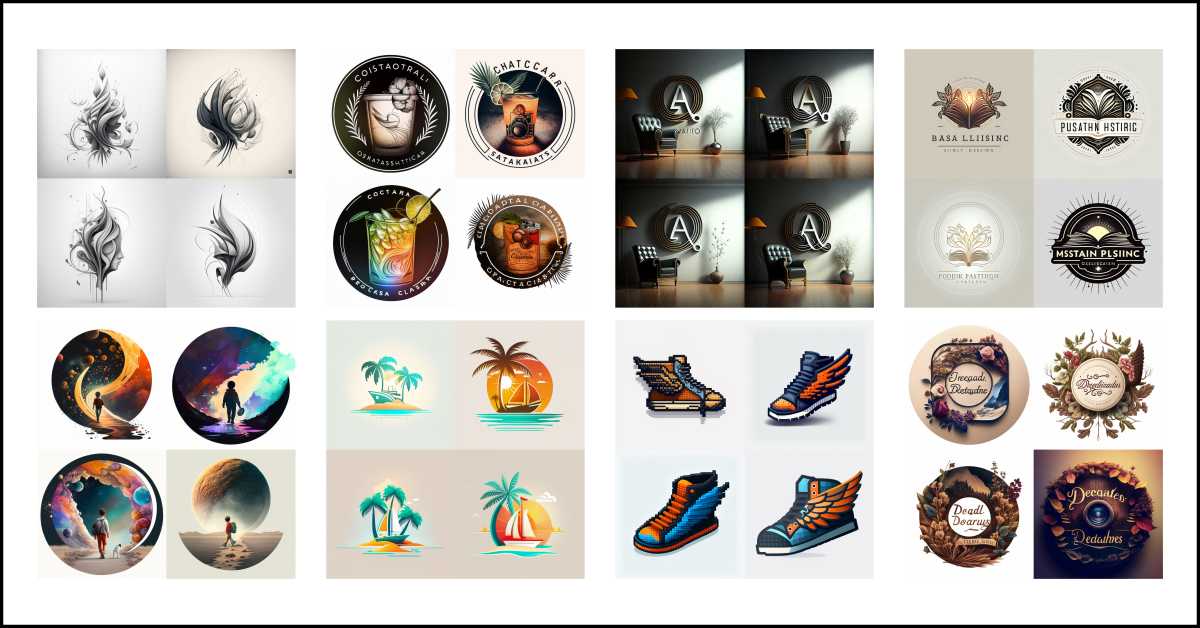
Types of Logos
Logos come in different types, and each type has unique characteristics and purposes. The most common types of logos are:
- Wordmark Logo: Consists of the company’s name in a specific font style and color. It is a simple yet effective way to establish brand identity and easily recognizable.
- Lettermark Logo: Consists of the initials of the company’s name. It creates a shorter and more memorable representation of the brand, making it an excellent choice for companies with long names.
- Symbol Logo: Consists of an image or symbol that represents the company. It is a popular choice for businesses that want to create a visual identity that represents their values and mission.
- Combination Logo: Combines a symbol and a wordmark to create a unique representation of the brand. It is an excellent choice for companies that want to use both a symbol and a wordmark to represent their brand identity.
- Emblem Logo: Has a symbol or image enclosed within a shape, usually a circle or a square. It is a popular choice for businesses that want to create a traditional and classic representation of their brand.
- Abstract Logo: Uses shapes, lines, and colors to create a unique representation of the brand. It is an excellent choice for businesses that want to create a modern and creative representation of their brand.
Why Different Types of Logos Matter
Choosing the right type of logo is crucial because it represents a business’s identity, values, and mission. A well-designed logo can make a lasting impression on customers and create a recognizable brand. Therefore, businesses should consider the following factors when choosing a type of logo:
- Brand Identity: A logo should be consistent with a business’s identity, values, and mission.
- Target Audience: A logo should be appealing to the target audience and effectively convey the business’s message.
- Competition: A logo should stand out in a competitive market and differentiate a business from its competitors.
- Scalability: A logo should be scalable and work well in various sizes and mediums, from business cards to billboards.
- Timelessness: A logo should be timeless and not subject to trends that may become outdated quickly.
By considering these factors, businesses can choose a type of logo that represents their brand effectively and creates a recognizable brand. AI-assisted logo design tools and software can help businesses create unique and innovative logos that convey their message and position their company well in the market.
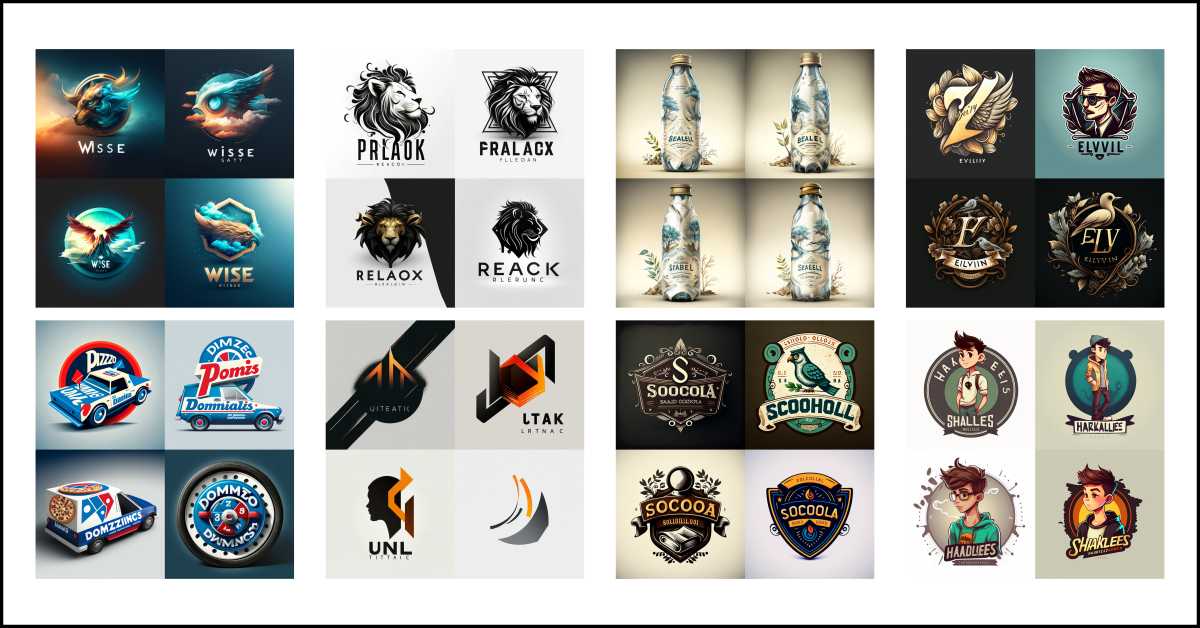
AI-Assisted Tools for Logo Design
In recent years, AI-assisted logo design tools and software have become popular among businesses and designers. These tools use machine learning algorithms, NLP, and other advanced technologies to create unique logo designs. Businesses and designers widely use ten popular AI-assisted logo design tools.
Top 10 AI Assisted tools
- Canva: Canva is a popular graphic design tool that offers a range of templates, fonts, and images to help businesses create their logos. It uses AI to suggest design elements based on the user’s preferences.
- Adobe Illustrator: Adobe Illustrator is a powerful vector-based design software. It is a must have to create logos. It offers various tools, including AI-assisted design tools, to help businesses create high-quality logos. An alternative to that is Inkscape which is open course and free.
- Looka: Looka is an AI-powered logo design tool that uses machine learning algorithms to create custom logos based on the user’s preferences.
- Designhill: Designhill is a popular logo design platform that uses AI-assisted tools to create custom logos for businesses.
- Logaster: Logaster is an AI-based logo design tool that creates logos based on the user’s preferences and inputs.
- Hatchful: Hatchful is an AI-driven logo design tool that uses machine learning to create custom logos based on the user’s inputs.
4 NLP Assisted Logo Design Tools you should know
- Brandmark: Brandmark is an AI-powered logo design tool that creates logos using machine learning algorithms and NLP.
- Tailor Brands: Tailor Brands is an AI-driven logo design tool that uses NLP and machine learning algorithms to create logos based on the user’s inputs.
- Dall-E2: Dall-E2 is an AI-powered tool developed by OpenAI that creates images from textual descriptions, including logo designs based on NLP.
- MidJourney: MidJourney is another AI-assisted design tool that uses NLP and contextual language descriptions to create custom logos based on the user’s inputs.
In conclusion, AI-assisted logo design tools and software have revolutionized logo design. They use advanced technologies like NLP, machine learning, and AI to create unique and creative logo designs. These designs can represent a brand’s identity, values, and mission. Businesses can create high-quality logos quickly and efficiently with these tools, saving time and resources.
Is AI more creative than an average individual designer?
One of the advantages of AI in design is its ability to generate a large number of ideas and explore a wider range of possibilities. This is a bitter fact that individual designers may be limited by their own experiences, preferences, and biases. On the contrary, AI has the potential to analyze vast amounts of data and generate new ideas that may not have been considered by human designers. This can lead to more innovative and unique designs that stand out in a crowded market.
AI can also learn from existing designs and create variations or combinations that incorporate elements from multiple designs. This allows for the creation of designs that are both familiar and new, which can be appealing to consumers who are looking for something fresh and innovative.
Another advantage of AI in design is its ability to iterate quickly and efficiently. AI can generate multiple design options in a short period of time, allowing designers to refine and improve their designs rapidly. This can save time and resources and result in better designs that are more effective in achieving their intended goals.
In conclusion, AI may not replace human designers entirely. It has the potential to revolutionize the design process and bring new levels of creativity and innovation to the industry. We can combine the strengths of both AI and human designers to create designs that are both functional and aesthetically pleasing. This combination can push the boundaries of what is possible in design.
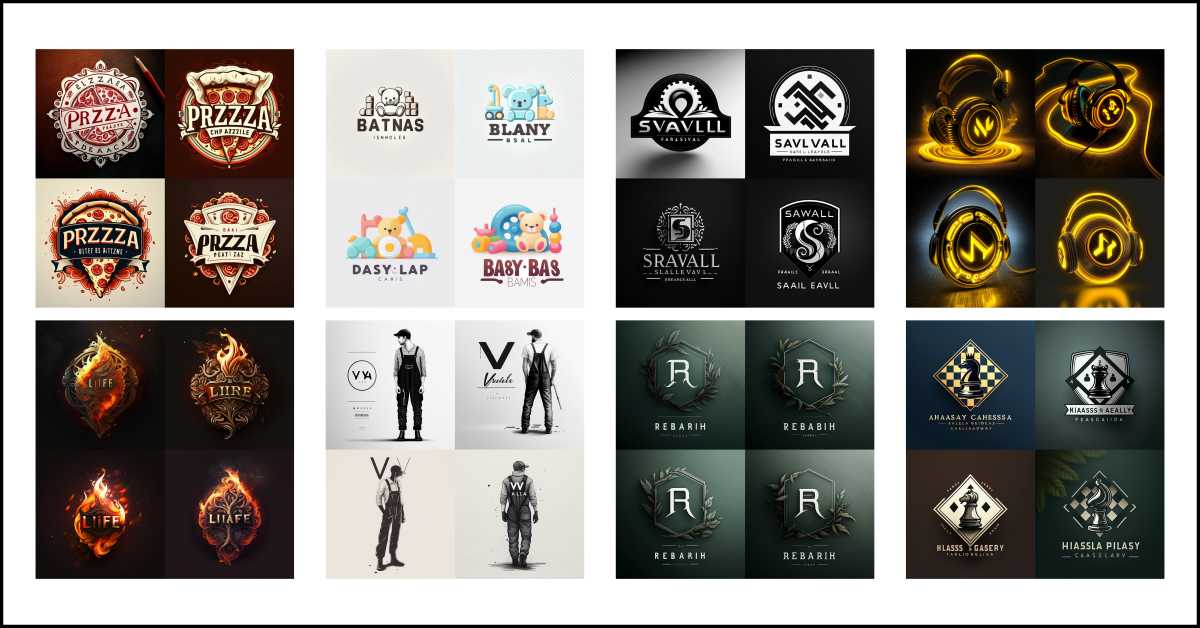
How Traditional Designers Can Stay Ahead of the Game
As AI becomes more prevalent in the design industry, it’s essential for traditional designers to adapt and embrace the technology. They should not resist it. Here are ten pieces of advice for designers looking to incorporate AI into their work and stay ahead of the game:
- Keep learning: Take advantage of online courses, tutorials, and workshops to gain a better understanding of AI tools and their capabilities.
- Collaborate: Work with AI tools to enhance your own skills and leverage the power of both human and machine creativity.
- Be open-minded: Don’t be afraid to experiment with new ideas and approaches. Allow AI to inspire you to think beyond your traditional design methods.
- Analyze data: Use data analytics to identify trends and insights that can inform your design decisions.
- Stay curious: Keep up-to-date with the latest developments in AI and design technology and explore new tools as they emerge.
5 Advance tips to put you ahead of the game
- Focus on value: Don’t view AI as a threat to your job, but as a way to enhance your design work and add value to your clients.
- Think strategically: Focus on the long-term benefits of incorporating AI into your work rather than just short-term gains.
- Embrace change: Recognize that the role of designers is evolving, and be willing to adapt to new technologies and design practices.
- Join an acceleration program: Joining an acceleration program can give you access to resources, tools, and mentorship. This can help you incorporate AI into your design practice.
- Seek out a technology-aware mentor: Find a mentor who is experienced in incorporating technology into design. This can further guide you through the digital transformation process.
Traditional designers can stay ahead of the game and remain relevant in the ever-evolving design industry. They can do this by embracing AI and incorporating it into their work. The combination of human creativity and the power of AI can lead to innovative and impressive design solutions.
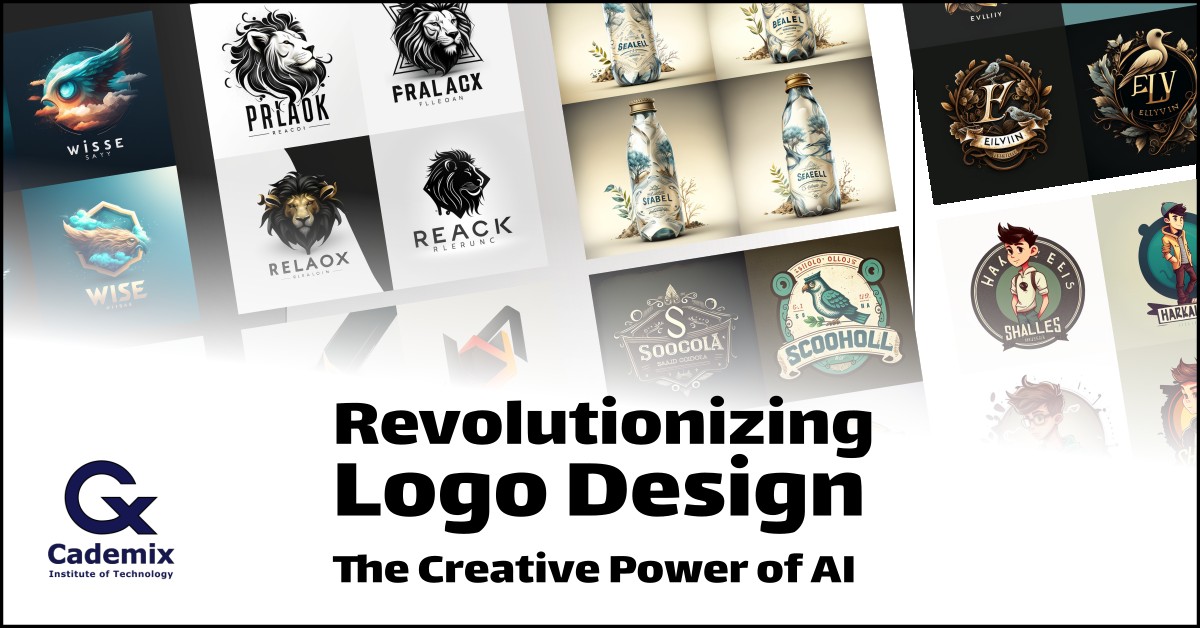
AI Logo Design: Action!
AI-assisted logo design tools and software can revolutionize the way businesses and designers create logos. These tools use advanced technologies like NLP, machine learning, and AI to create unique designs, saving time and resources. However, AI is not a substitute for human creativity and intuition.
Traditional designers can stay ahead by using AI to enhance their creativity and expand their skill set. They can combine their abilities with AI-assisted design tools. This combination allows them to create unique logos that stand out in the competitive market.
Businesses should invest in creative logos that represent their brand’s identity and values. With AI-assisted tools, businesses can create high-quality logos quickly and efficiently.
In conclusion, AI has the potential to revolutionize logo design. Therefore, designers and businesses should adapt to this trend. By embracing AI, they can create unique and innovative logos that represent their brands. This way, we can use the power of AI to create logos that stand out in the market.

